How to distinguish the quality of artemia cysts?
The quality of artemia cysts is mainly evaluated through indicators such as hatching rate, moisture content, and impurity content. The specific methods are as follows: Hatching
300,000 CPG Chinese Bohai Bay Artemia
We are professional and special in artemia cysts and produced many kinds of artemia cysts which are hot-saling in world.Not only good quality,but have perfect after-sale service to guarantee your benefit.
 Bohaibay artemia cysts
Bohaibay artemia cysts  Red artemia cysts
Red artemia cysts  Aral sea artemia cysts
Aral sea artemia cysts  Decapsulated artemia cysts
Decapsulated artemia cysts 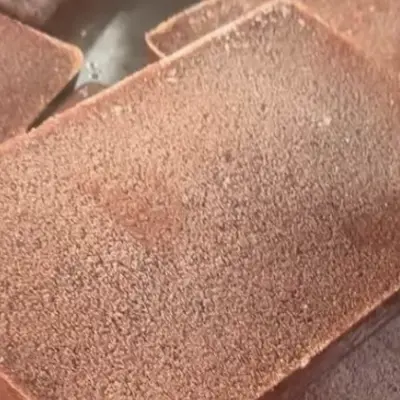 Artemia biomass
Artemia biomass 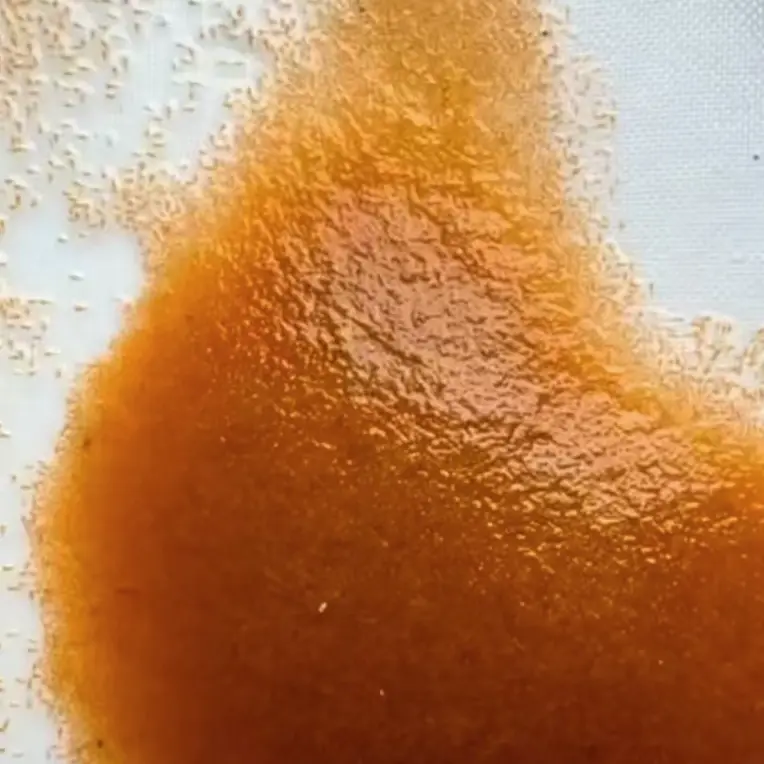 frozen artemia nauplii
frozen artemia nauplii Bohaibay artemia cysts is a globally recognized high-end product, with the cyst diameter of only 245 μ m ± 10.22 μ m. The hatched larvae are small in size and have high nutritional value, with hatching efficiency of over 90%. This kind is resistant to high temperatures (able to hatch normally at 32 ℃) and has a higher hatching rate after molting, making it suitable for enhancing the survival rate and growth rate of marine fish seedlings.It is the best chinese artemia cysts.
Red artemia cysts are produced in Xizang’s salt lakes. They have the characteristics of natural layering of egg shells and larvae, hatching rate could reach 95%.They are full nutrition and edible resources for aquatic seedlings.
Red artemia cysts are rich in carotenoids, riboflavin, albumin and high unsaturated fatty acids (such as EPA), which can significantly improve the hatching rate, shelling rate and muscle quality of shrimp.
Application advantages
Natural stratification: The cystl and larvae are naturally separated, reducing the use of chemical reagents and avoiding contamination.
High hatching rate: The hatching rate reaches 95%, much higher than that of ordinary brine shrimp eggs.
Full nutritional value: It can meet the needs of economic aquatic animals such as marine fish, shrimp, crabs, etc.
The Aral sea artemia cysts is produced in the Aral Sea of Uzbekistan. It is mainly used in aquaculture and serves as an open bait for aquatic animals such as fish, shrimp, and crabs. Its characteristics are as follows:
Nutrients
The nauplious larvae hatched are rich in yolk, with a protein content of about 65% and a fat content of about 20%. In addition, they also contain nutrients such as unsaturated fatty acids, making them suitable as open bait for larvae.
Hatching characteristics
They hatch in an environment of 28-30 ℃ and salinity of 20-30, and usually take 24hours to hatch. The hatching rate can reach over 85%.
Application scenarios
Mainly used in the seedling cultivation stage of aquatic animals such as fish, shrimp, and crabs, due to its high yolk content and rich nutrition, it can significantly improve the survival rate of juveniles.
Decapsulated artemia cysts are abundant artemia cysts that have undergone chemical treatment to remove their shells. They are commonly used as open feed for fish larvae and have the characteristics of easy preservation and low cost.
Production method
Decapsulated artemia cysts are corroded by chemical agents such as sodium hypochlorite and bleach to preserve the yolk. The size of the processed cyst is about 200-300 microns and can be fed directly or stored in refrigeration.
Color: Normal decapsulated artemia cysts are naturally orange red in color. If the color is too dark, it may contain sulfur fumigation, while if it is too light, it may be bleached.
Frozen artemia biomass are small crustaceans widely distributed in salt lakes and brackish water lakes, with a body length of usually 1-1.5 centimeters. They are widely used in aquaculture feed morphology due to their high protein and fat contentThe body of halogen worms is divided into three parts: head, chest, and abdomen. The head has a single eye and a pair of compound eyes, 11 pairs of chest limbs, and two tail forks at the end of the abdomen.
This kind was called frozen artemia nauplii, we rapidly cool the larvae hatched from the Bohaibay artemia cysts with 24hours at minus 50 degrees Celsius ,and then vacuum package them, and deliver them to customers through a fully refrigerated shipping channel. Customers can directly feed after thawing, The nutritional value is the same as dry artemia cysts. The moisture content is controlled within 10%, the price is more beautiful,its cost-effectiveness is very high
We are professional and special in artemia cysts and produced many kinds of artemia cysts which are hot-saling in world.Not only good quality,but have perfect after-sale service to guarantee your benefit.






Bohaibay artemia cysts is a globally recognized high-end product, with the cyst diameter of only 245 μ m ± 10.22 μ m. The hatched larvae are small in size and have high nutritional value, with hatching efficiency of over 90%. This kind is resistant to high temperatures (able to hatch normally at 32 ℃) and has a higher hatching rate after molting, making it suitable for enhancing the survival rate and growth rate of marine fish seedlings.It is the best chinese artemia cysts.
Red artemia cysts are produced in Xizang’s salt lakes. They have the characteristics of natural layering of egg shells and larvae, hatching rate could reach 95%.They are full nutrition and edible resources for aquatic seedlings.
Red artemia cysts are rich in carotenoids, riboflavin, albumin and high unsaturated fatty acids (such as EPA), which can significantly improve the hatching rate, shelling rate and muscle quality of shrimp.
Application advantages
Natural stratification: The cystl and larvae are naturally separated, reducing the use of chemical reagents and avoiding contamination.
High hatching rate: The hatching rate reaches 95%, much higher than that of ordinary brine shrimp eggs.
Full nutritional value: It can meet the needs of economic aquatic animals such as marine fish, shrimp, crabs, etc.
The Aral sea artemia cysts is produced in the Aral Sea of Uzbekistan. It is mainly used in aquaculture and serves as an open bait for aquatic animals such as fish, shrimp, and crabs. Its characteristics are as follows:
Nutrients
The nauplious larvae hatched are rich in yolk, with a protein content of about 65% and a fat content of about 20%. In addition, they also contain nutrients such as unsaturated fatty acids, making them suitable as open bait for larvae.
Hatching characteristics
They hatch in an environment of 28-30 ℃ and salinity of 20-30, and usually take 24hours to hatch. The hatching rate can reach over 85%.
Application scenarios
Mainly used in the seedling cultivation stage of aquatic animals such as fish, shrimp, and crabs, due to its high yolk content and rich nutrition, it can significantly improve the survival rate of juveniles.
Decapsulated artemia cysts are abundant artemia cysts that have undergone chemical treatment to remove their shells. They are commonly used as open feed for fish larvae and have the characteristics of easy preservation and low cost.
Production method
Decapsulated artemia cysts are corroded by chemical agents such as sodium hypochlorite and bleach to preserve the yolk. The size of the processed cyst is about 200-300 microns and can be fed directly or stored in refrigeration.
Color: Normal decapsulated artemia cysts are naturally orange red in color. If the color is too dark, it may contain sulfur fumigation, while if it is too light, it may be bleached.
Frozen artemia biomass are small crustaceans widely distributed in salt lakes and brackish water lakes, with a body length of usually 1-1.5 centimeters. They are widely used in aquaculture feed morphology due to their high protein and fat contentThe body of halogen worms is divided into three parts: head, chest, and abdomen. The head has a single eye and a pair of compound eyes, 11 pairs of chest limbs, and two tail forks at the end of the abdomen.
This kind was called frozen artemia nauplii, we rapidly cool the larvae hatched from the Bohaibay artemia cysts with 24hours at minus 50 degrees Celsius ,and then vacuum package them, and deliver them to customers through a fully refrigerated shipping channel. Customers can directly feed after thawing, The nutritional value is the same as dry artemia cysts. The moisture content is controlled within 10%, the price is more beautiful,its cost-effectiveness is very high
Qingdao Erinoc Artemia Trading Co.,Ltd. Is located in the beautiful city Qingdao ,China.We are a high technical chinese artemia cysts manufacturer and could give you the most resonable price with the best quality because we are professional and reliable.Also we pay more attention on the after-sale service to gurantee your greatest beneifit.Cooperating with my company,you will be happy and satisfied.We promise every customer that the received bulk goods are exactly same with the sample.
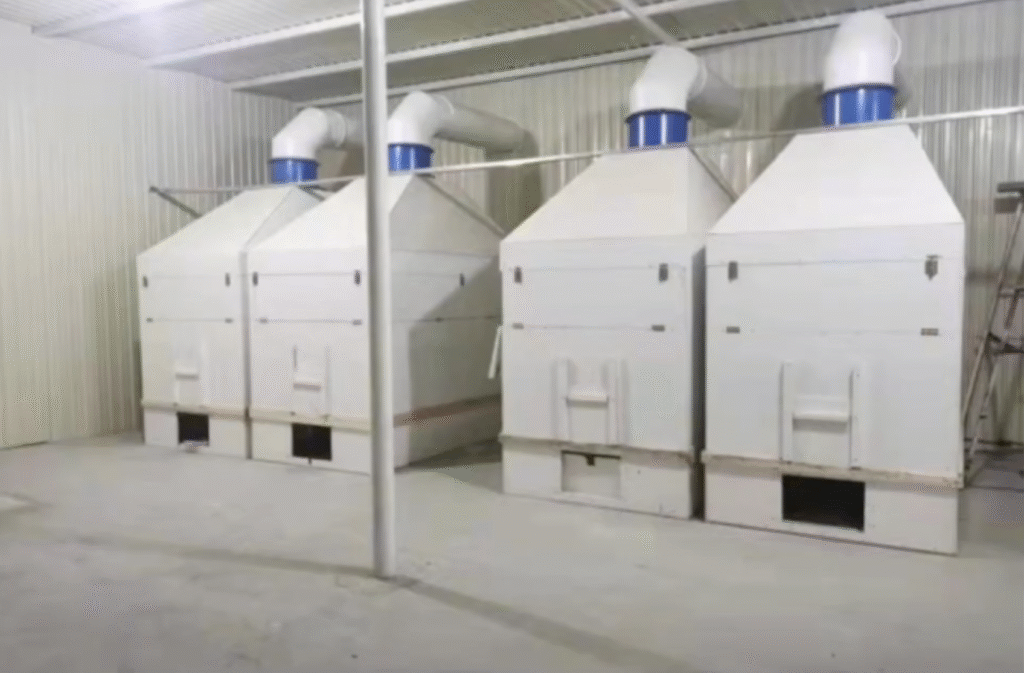
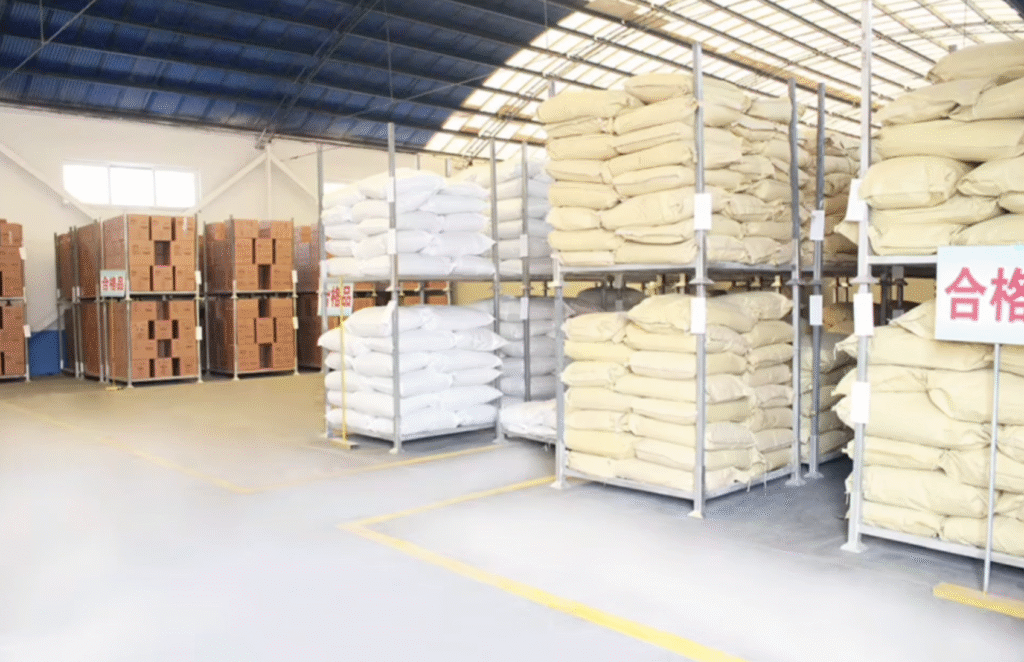
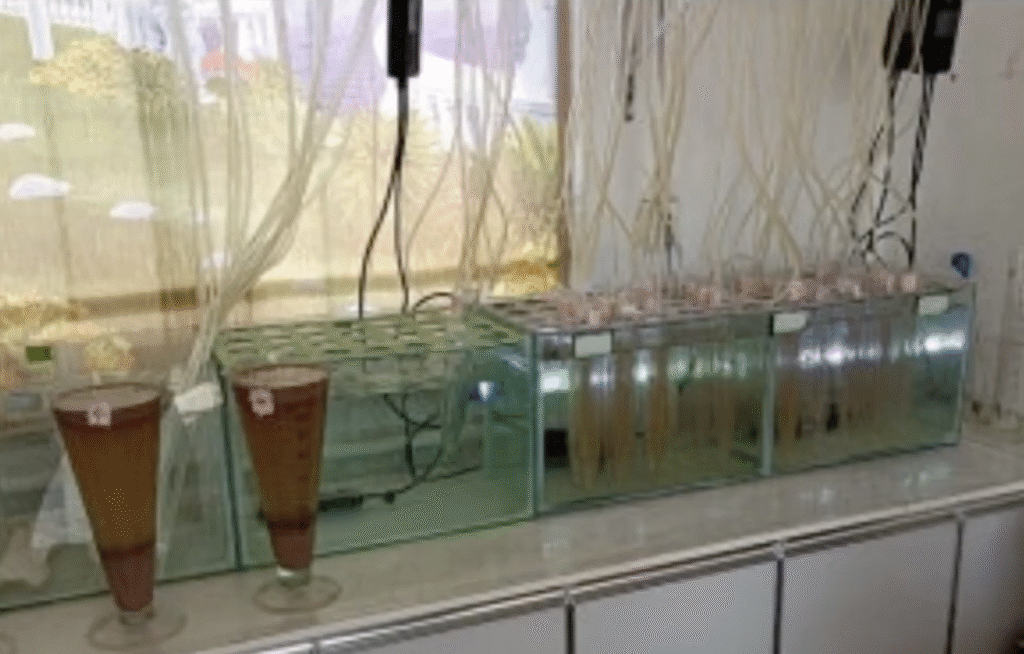
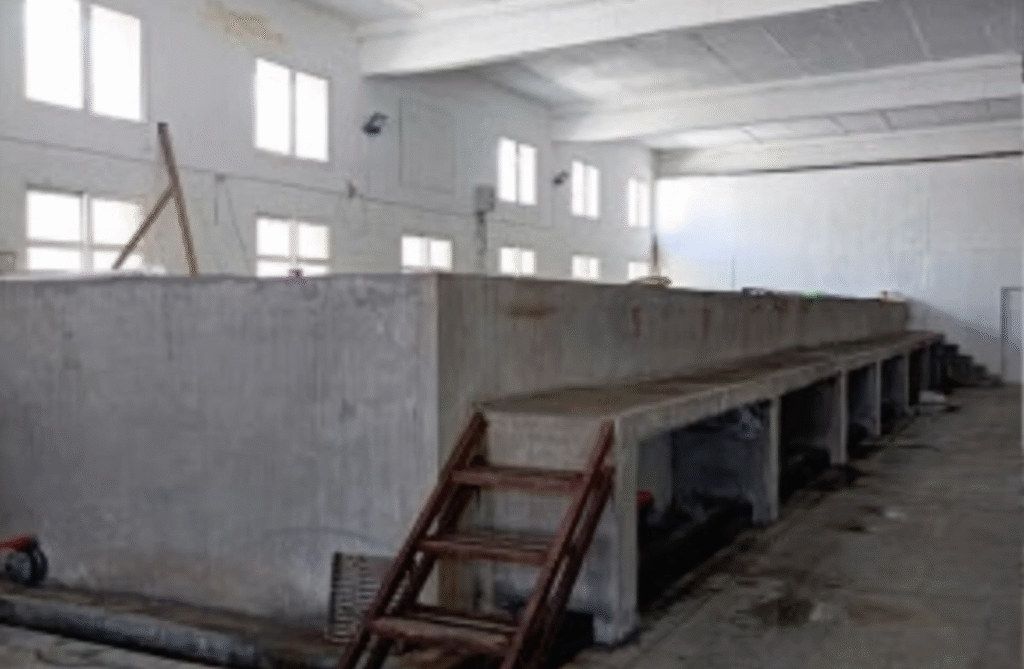
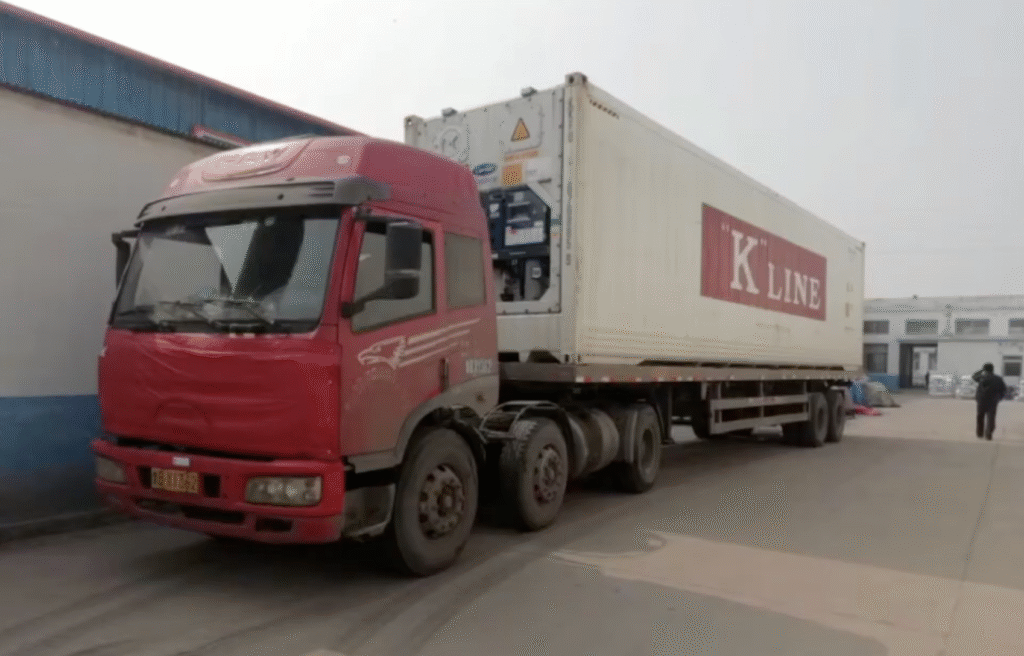
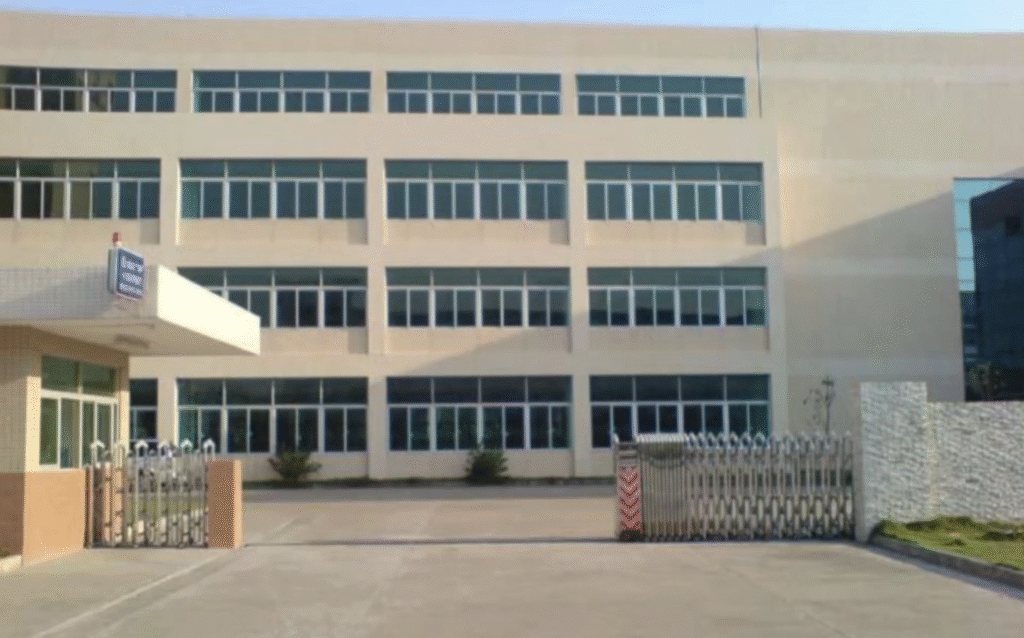
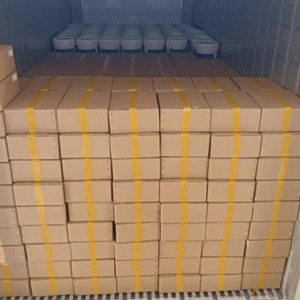
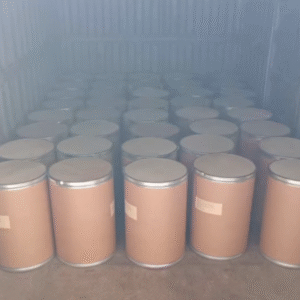
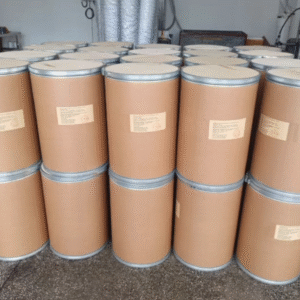
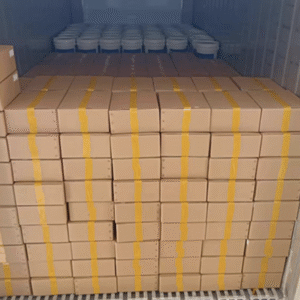
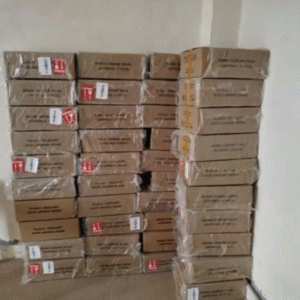
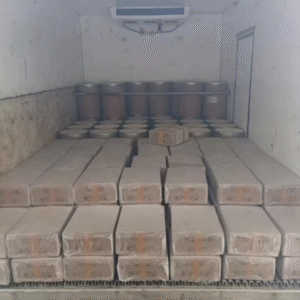
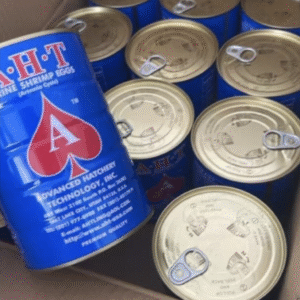
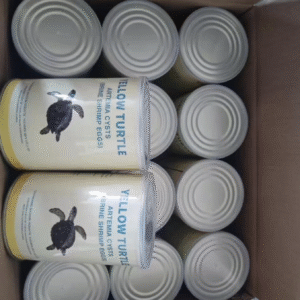
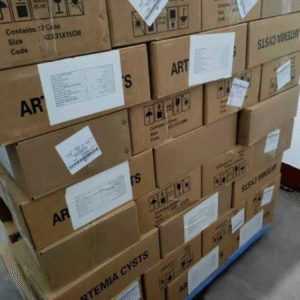
We are a trustworthy enterprise,our product quality and after-sale service all get the confirmation by the national institutions.Your satisfaction is our eternal pursuit.


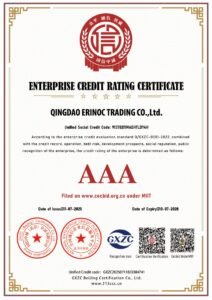
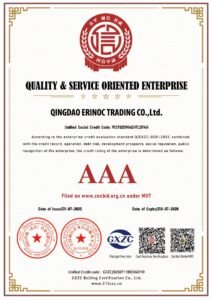

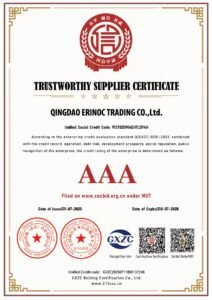

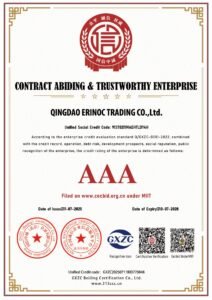
We highly value customer feedback and provide 24hours solutions to any issues.Customer confirmation is our driving force to bigger progress.




we do more
The quality of artemia cysts is mainly evaluated through indicators such as hatching rate, moisture content, and impurity content. The specific methods are as follows: Hatching
we do more
The quality of artemia cysts is mainly evaluated through indicators such as hatching rate, moisture content, and impurity content. The specific methods are as follows: Hatching

Prompt response to all inquiries within 24 hours Free product samples available upon request Professional consultation on product selection based on your needs Clear explanation of quality standards, hatch rates, and logistics options

Real-time order tracking and production updates Flexible packaging & labeling based on customer requirements Full inspection before shipment to ensure quality consistency Timely coordination for export documents and customs clearance
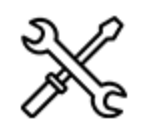
Technical support for hatching procedures and problem-solving One-on-one service from experienced technicians Full responsibility for any quality issues — with return or refund guarantee Customer feedback actively collected to improve future cooperation
© 2025 Qingdao Erinoc Artemia Trading Co., Ltd. All rights reserved.